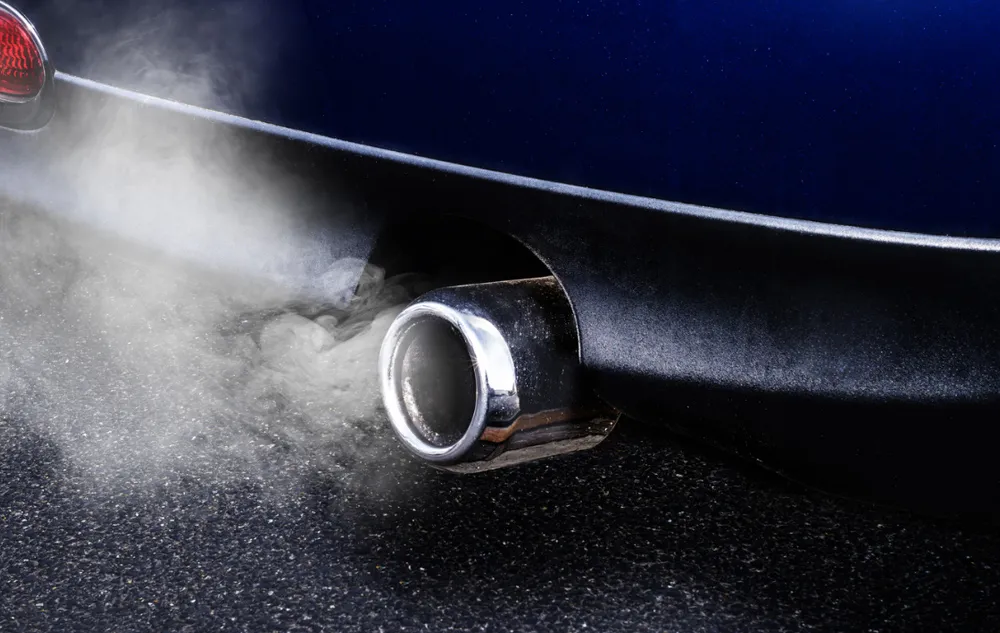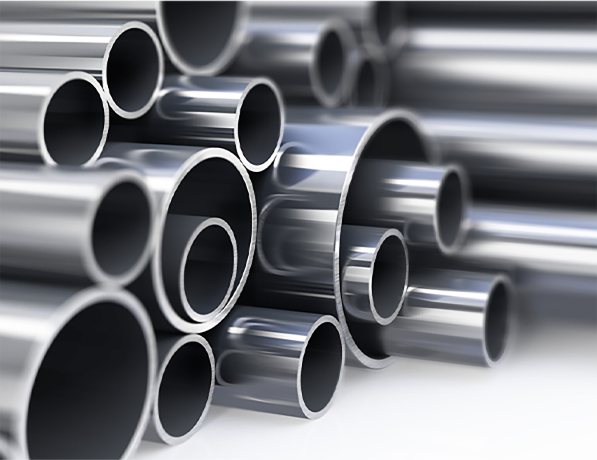- Introduction and importance of cold drawn welded pipes
- Technical advantages of Cold Drawn Welded Tubes
- Manufacturer comparison: performance and data analysis
- Customization solutions for cold drawn welded cdw precision tubes
- Industrial application cases and case studies
- Quality control and industry standards
- Conclusion and future trends in cold drawn welded pipes sector

(cold drawn welded pipes)
Introduction: The Role of Cold Drawn Welded Pipes in Modern Industry
In the evolving landscape of industrial manufacturing, cold drawn welded pipes have become an indispensable component across a spectrum of applications. Their utility spans automotive, construction, hydraulic, and engineering sectors due to superior dimensional accuracy and surface finish. Unlike conventional tubes, cold drawn welded tubes offer a unique balance of strength, ductility, and precision. According to recent market research, the global demand for these tubes exceeded 4.2 million metric tons in 2023, representing a CAGR of 5.1% over the previous five years. Major consumers include the automotive industry (36%), construction (22%), and precision equipment manufacturing (18%). The adoption of cold drawn welded cdw precision tubes continues to rise, especially in sectors requiring rigorous tolerances and enhanced mechanical properties.
Technical Advantages of Cold Drawn Welded Tubes
The cold drawing process imparts several technical benefits unavailable through hot forming methods. Improved mechanical strength is a hallmark, with yield strength improvements of 15-25% over equivalent hot rolled products. Tighter dimensional tolerances, often within ±0.05 mm, make these tubes a preferred choice for hydraulic cylinders and automotive applications. Moreover, surface roughness is significantly reduced, typically below Ra 0.8 μm, which minimizes friction and wear in moving assemblies. The inherent process also enhances roundness and straightness, critical for assembly line production. Cold drawn welded cdw precision tubes can be manufactured from a wide range of steel grades, including low-carbon, high-strength low alloy, and stainless varieties. The flexibility in wall thickness (ranging from 0.5 mm to 10 mm) and diameter (8 mm to 250 mm) makes these tubes conducive to bespoke industrial requirements, ensuring that industry standards such as EN 10305-2 and ASTM A513 are consistently met or exceeded.
Manufacturer Comparison: Performance and Data Analysis
The leading manufacturers of cold drawn welded pipes compete rigorously on performance metrics, quality assurance, and process innovation. Below is a comparative table covering the most prominent market players, focusing on production capacity, key technical parameters, and certifications.
| Manufacturer |
Annual Capacity (MT) |
Diameter Range (mm) |
Wall Thickness (mm) |
Yield Strength (MPa) |
Surface Roughness (μm) |
Certifications |
| Tenaris |
780,000 |
10 – 220 |
0.8 – 10.0 |
340 – 690 |
<0.7 |
ISO 9001, ISO 14001 |
| MST Seamless Tube |
360,000 |
15 – 178 |
1.2 – 8.7 |
320 – 630 |
<0.9 |
API 5CT, TS16949 |
| Tata Steel Tubes |
500,000 |
8 – 250 |
0.5 – 8.0 |
350 – 700 |
<0.8 |
EN 10305-2, ISO 45001 |
| Salzgitter Mannesmann |
620,000 |
12 – 200 |
1.0 – 9.5 |
350 – 690 |
<0.7 |
DIN EN ISO 9001, PED |
| Shaanxi Yangzhou |
450,000 |
10 – 180 |
0.7 – 6.5 |
310 – 610 |
<1.0 |
ISO 9001, GB/T 12345 |
This data reveals that while all major vendors offer robust technical profiles, differentiation often occurs at the level of surface finish, certifications, and ability to customize tube geometries or specific end-use alloy compositions.
Customization Solutions for CDW Precision Tubes
One of the hallmarks of modern cold drawn welded cdw precision tubes production is the wide spectrum of customization options. Manufacturers routinely offer solutions that include tailored chemical compositions and microstructure adaptation to satisfy unique operating environments such as elevated temperatures or corrosive media. Processes can integrate additional features such as zinc or phosphate coatings, perforations for fluid transfer, or tailored lengths with end finishing (deburring, chamfering, and threading).
Adaptive forming technologies make it possible to supply multi-grade tubes in a single batch, addressing urgent needs for flexibility. Advanced software-controlled manufacturing lines ensure that specification variations can be implemented quickly, reducing batch lead times from 14 days to as little as 5 days. In a recent survey, over 82% of OEM engineers cited customization capacity as a primary deciding factor when selecting a CDW supplier.
Industrial Application Cases and Real-World Case Studies
Cold drawn welded tubes serve as structural frameworks and functional conduits in diverse industry environments where safety, efficiency, and reliability cannot be compromised. For example, in the automotive sector, these tubes are integral to high-pressure fuel injection systems and roll-cage structures, delivering lightweight strength and robust deformation resistance.
As a notable case, a leading European construction equipment manufacturer adopted bespoke cold drawn welded pipes to replace legacy hot-rolled assemblies in their hydraulic boom cylinders. The resulting performance enhancements included a 23% increase in service life, 18% reduction in system weight, and a 13% lower incidence of leakage over a five-year period. In another instance, the precision tube assemblies facilitated a 30% reduction in installation time for a major offshore wind turbine project by virtue of pre-fabricated, custom-length tubes with proprietary anti-corrosive coating.
In the realm of high-speed trains, cold drawn welded cdw precision tubes have been essential in brake and pneumatic lines, where they meet extremely tight leak and tolerance requirements at velocities exceeding 300 km/h. The tubes' enhanced surface finish also results in substantially reduced maintenance cycles.
Quality Control and Industry Standards
Adherence to international standards remains a non-negotiable aspect of CDW tube production. Most manufacturers align their output to EN 10305-2, ASTM A513, DIN 2393, and ISO 9001 protocols, verifying critical quality points at every production stage. Advanced non-destructive testing (NDT) methods, including ultrasonic, eddy current, and hydrostatic pressure tests, are employed for defect detection and wall thickness consistency validation. State-of-the-art laser measuring systems provide continuous feedback to processing machinery, maintaining dimensional accuracy across long runs.
Traceability is another cornerstone, with digital batch codes and automated record-keeping systems allowing users to back-track every product to its original material and processing parameters. Independent, third-party audits complement in-house quality controls to guarantee compliance with both client and regulatory requirements globally.
Conclusion: The Future Landscape of Cold Drawn Welded Pipes and Tubes
As industries continue to pursue efficiency, safety, and sustainability, cold drawn welded pipes are poised to see even greater integration into cutting-edge engineering projects. Technological advancements in metallurgy, surface engineering, and digital process automation promise to further enhance tube performance and accessibility. The emergence of new, lighter alloys, development of smarter process controls, and integration with digital supply chains will set new benchmarks in the precision tubing sector. Market experts anticipate the annual global demand for cold drawn welded tubes to surpass 5 million metric tons by 2027, spurred by renewable energy projects, urban infrastructure expansion, and electric vehicle platforms. For manufacturers and end-users alike, the ongoing evolution of CDW technology will play a definitive role in shaping superior, future-ready industrial solutions.

(cold drawn welded pipes)
FAQS on cold drawn welded pipes
Q: What are cold drawn welded pipes?
A: Cold drawn welded pipes are steel tubes produced by cold drawing a welded pipe to achieve precise dimensions and a smooth surface finish. This process enhances their mechanical properties. They are widely used in automotive, engineering, and structural applications.
Q: How do cold drawn welded tubes differ from seamless tubes?
A: Cold drawn welded tubes are made by welding and then cold drawing, while seamless tubes are made without any welds. CDW tubes offer similar precision and strength at a lower cost. Seamless tubes are preferred for extremely high-pressure applications.
Q: What are the key benefits of cold drawn welded CDW precision tubes?
A: CDW precision tubes provide superior dimensional accuracy and a clean surface. They also exhibit excellent mechanical strength. These characteristics make them ideal for hydraulic and automotive uses.
Q: Where are cold drawn welded pipes commonly used?
A: Cold drawn welded pipes are used in automotive components, furniture, general engineering, and hydraulic systems. Their precision and strength make them versatile. Industries require them for applications demanding tight tolerances.
Q: Are cold drawn welded tubes suitable for high-pressure applications?
A: Yes, cold drawn welded tubes can handle moderate to high-pressure applications due to their enhanced strength and uniformity. They are frequently used in hydraulic and pneumatic systems. However, for extreme pressures, seamless tubes are generally recommended.
 Afrikaans
Afrikaans  Albanian
Albanian  Amharic
Amharic  Arabic
Arabic  Armenian
Armenian  Azerbaijani
Azerbaijani  Basque
Basque  Belarusian
Belarusian  Bengali
Bengali  Bosnian
Bosnian  Bulgarian
Bulgarian  Catalan
Catalan  Cebuano
Cebuano  Corsican
Corsican  Croatian
Croatian  Czech
Czech  Danish
Danish  Dutch
Dutch  English
English  Esperanto
Esperanto  Estonian
Estonian  Finnish
Finnish  French
French  Frisian
Frisian  Galician
Galician  Georgian
Georgian  German
German  Greek
Greek  Gujarati
Gujarati  Haitian Creole
Haitian Creole  hausa
hausa  hawaiian
hawaiian  Hebrew
Hebrew  Hindi
Hindi  Miao
Miao  Hungarian
Hungarian  Icelandic
Icelandic  igbo
igbo  Indonesian
Indonesian  irish
irish  Italian
Italian  Japanese
Japanese  Javanese
Javanese  Kannada
Kannada  kazakh
kazakh  Khmer
Khmer  Rwandese
Rwandese  Korean
Korean  Kurdish
Kurdish  Kyrgyz
Kyrgyz  Lao
Lao  Latin
Latin  Latvian
Latvian  Lithuanian
Lithuanian  Luxembourgish
Luxembourgish  Macedonian
Macedonian  Malgashi
Malgashi  Malay
Malay  Malayalam
Malayalam  Maltese
Maltese  Maori
Maori  Marathi
Marathi  Mongolian
Mongolian  Myanmar
Myanmar  Nepali
Nepali  Norwegian
Norwegian  Norwegian
Norwegian  Occitan
Occitan  Pashto
Pashto  Persian
Persian  Polish
Polish  Portuguese
Portuguese  Punjabi
Punjabi  Romanian
Romanian  Samoan
Samoan  Scottish Gaelic
Scottish Gaelic  Serbian
Serbian  Sesotho
Sesotho  Shona
Shona  Sindhi
Sindhi  Sinhala
Sinhala  Slovak
Slovak  Slovenian
Slovenian  Somali
Somali  Spanish
Spanish  Sundanese
Sundanese  Swahili
Swahili  Swedish
Swedish  Tagalog
Tagalog  Tajik
Tajik  Tamil
Tamil  Tatar
Tatar  Telugu
Telugu  Thai
Thai  Turkish
Turkish  Turkmen
Turkmen  Ukrainian
Ukrainian  Urdu
Urdu  Uighur
Uighur  Uzbek
Uzbek  Vietnamese
Vietnamese  Welsh
Welsh  Bantu
Bantu  Yiddish
Yiddish  Yoruba
Yoruba  Zulu
Zulu 













